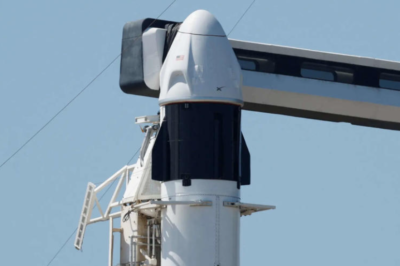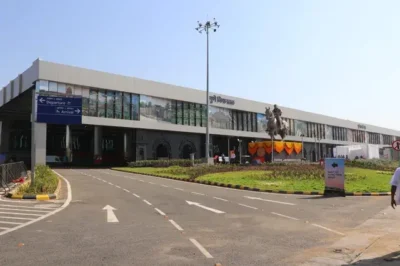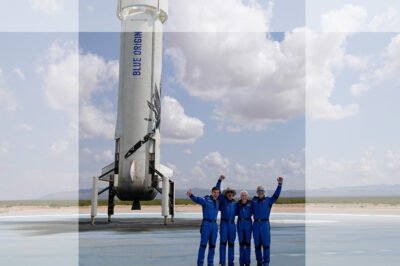The World Trade Organization (WTO) has revised its forecast for global merchandise trade growth in 2025, reducing it from 3.3% to 3%, citing the escalating conflicts in the West Asia region and disruptions to the critical Red Sea shipping route as primary factors.
Tensions in West Asia Threaten Global Trade Stability
The WTO has warned that the ongoing conflicts in West Asia, particularly those affecting the Red Sea shipping route, could have significant ripple effects on global trade. Disruptions in this key maritime pathway, coupled with an increase in energy prices due to heightened risk premiums, could dampen economic growth. The region’s crucial role in global petroleum production makes it particularly vulnerable to instability, which may have far-reaching consequences for both global and regional trade flows.
Impact of Escalating Conflicts on Shipping Routes and Energy Prices
The situation in Lebanon and Israel’s military operation earlier this month has heightened concerns about the stability of trade routes in West Asia. Although the Red Sea route has been relatively unaffected thus far, the situation remains precarious. If tensions escalate further, particularly in the Middle East, energy price hikes could damage economic growth, especially in importing countries. This, in turn, could create a domino effect on global trade.
Revised Trade Growth Forecasts for 2024 and 2025
In light of these developments, the WTO has revised its global trade growth projections. Global merchandise trade is now expected to grow by 2.7% in 2024, with a modest 3% increase in 2025, down from an earlier forecast of 3.3% growth for 2025. The WTO also forecasted global GDP growth to remain unchanged at 2.7% for both 2024 and 2025, reflecting the challenges posed by global uncertainties.
Emerging Growth in Exports from India and Vietnam
Despite these global challenges, India and Vietnam are emerging as key players in global trade. Both countries are showing strong growth in exports, signaling their growing importance in the international marketplace. In contrast, Europe is facing a decline in exports, with a notable drop in chemicals and vehicles, and machinery imports have decreased significantly, especially from China.
Risks of Diverging Monetary Policies and Financial Instability
The WTO also highlighted the risks arising from diverging monetary policies across major economies, which could lead to financial instability and affect debt servicing, especially in poorer nations. This could have broader implications for global economic health and trade flows.
Key Takeaways:
- The WTO has reduced its global trade growth forecast for 2025 from 3.3% to 3%, largely due to West Asia conflicts and disruptions in the Red Sea shipping route.
- The Middle East tensions, particularly in Lebanon and Israel, may lead to energy price hikes and further strain global trade flows.
- The revised forecast for global merchandise trade is 2.7% in 2024, followed by 3% in 2025.
- India and Vietnam are emerging as key exporters, while Europe faces declines in trade, particularly in chemicals, vehicles, and machinery imports.
- Diverging monetary policies and financial instability pose additional risks to the global economy, especially for poorer nations.




































































Leave a Reply